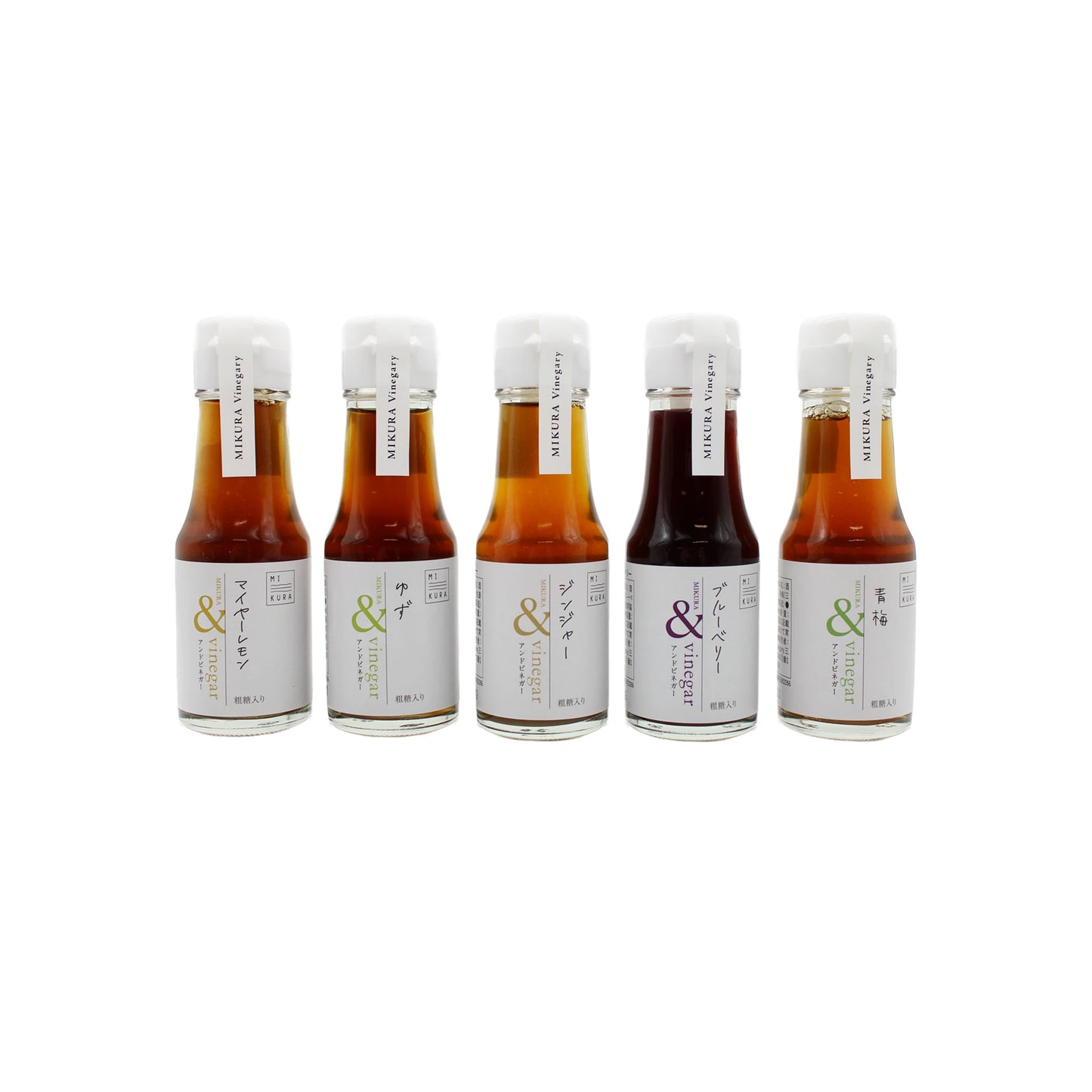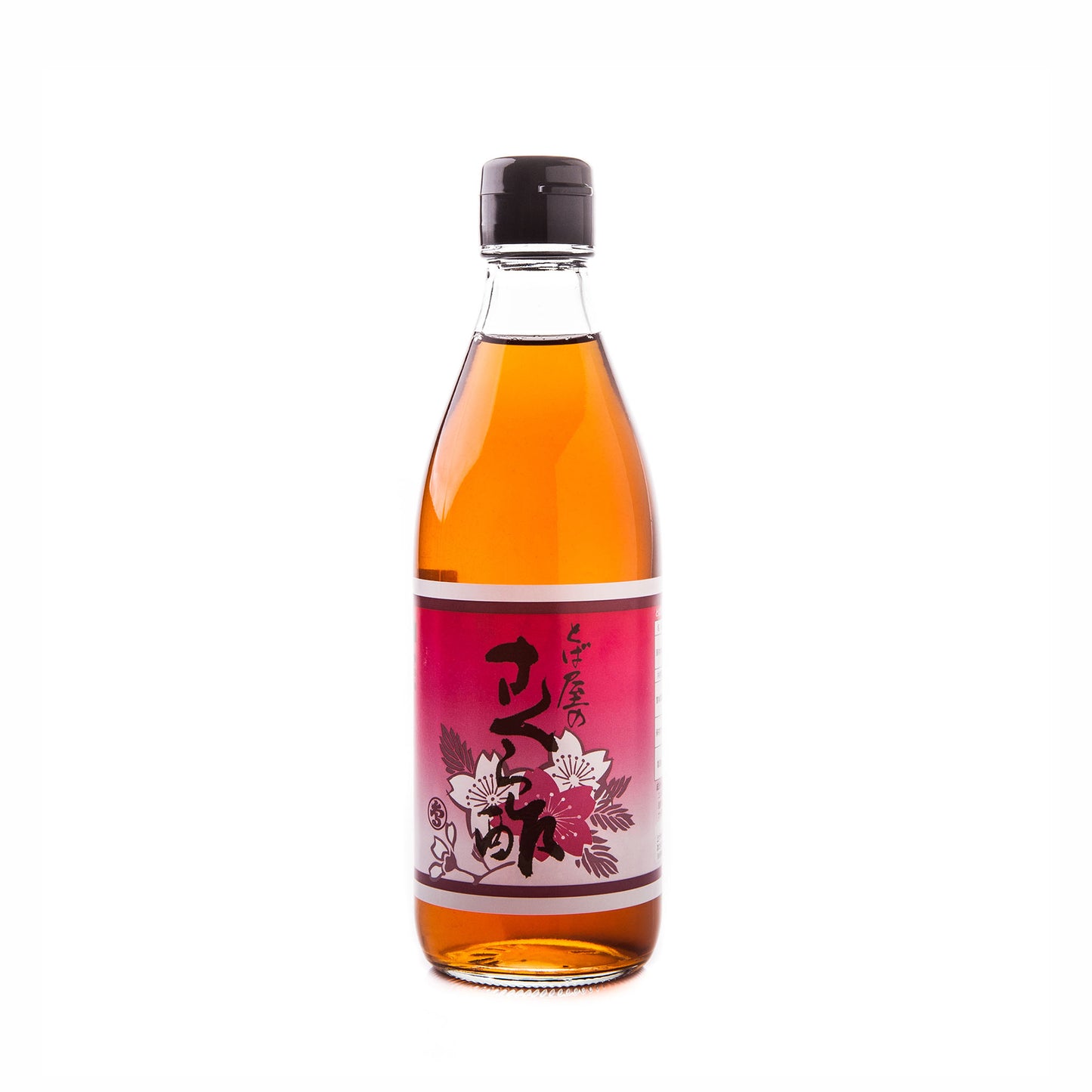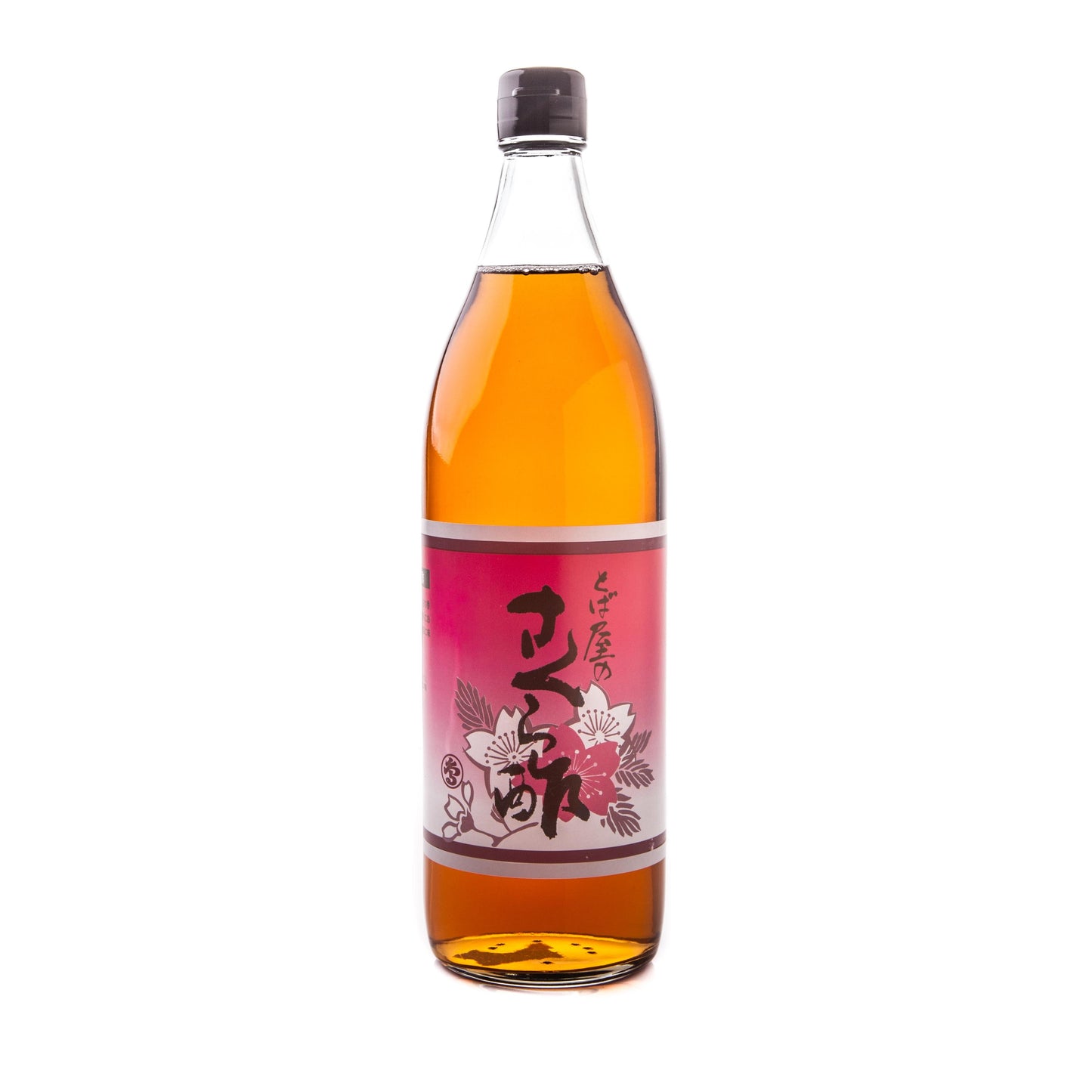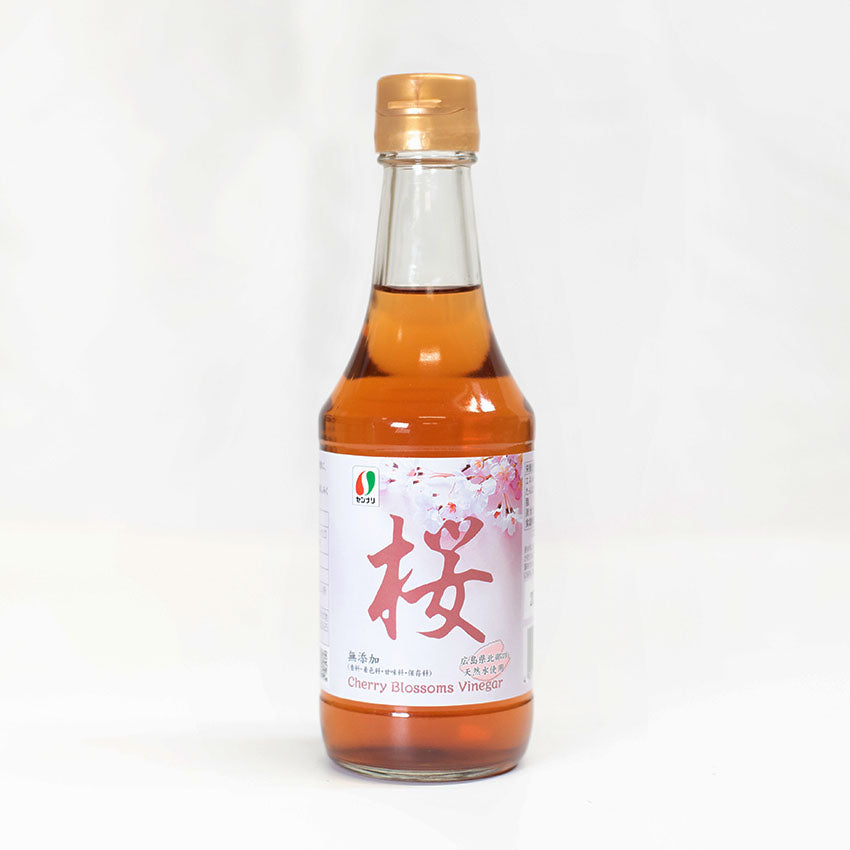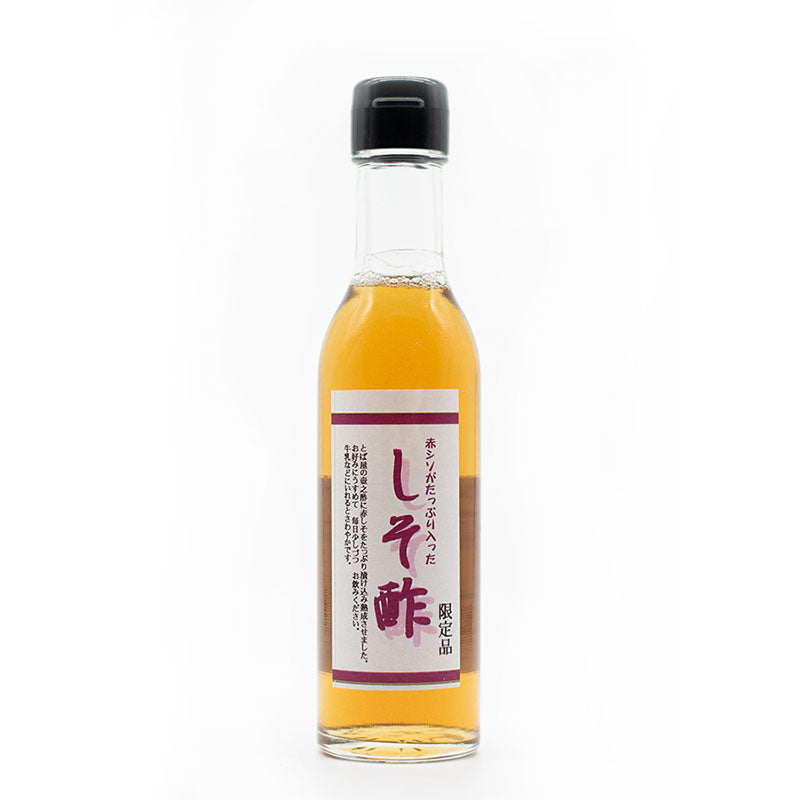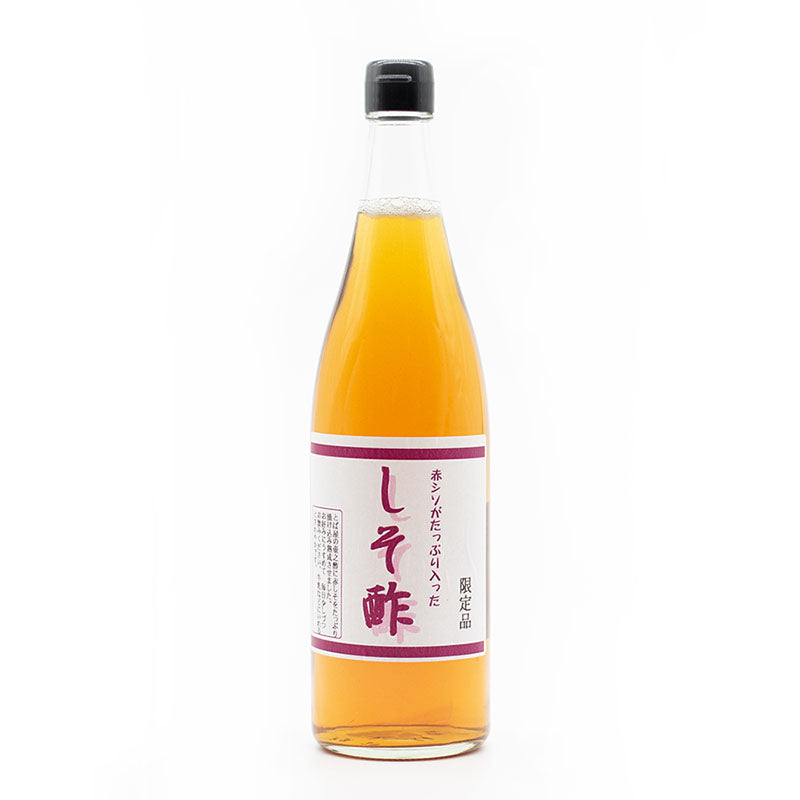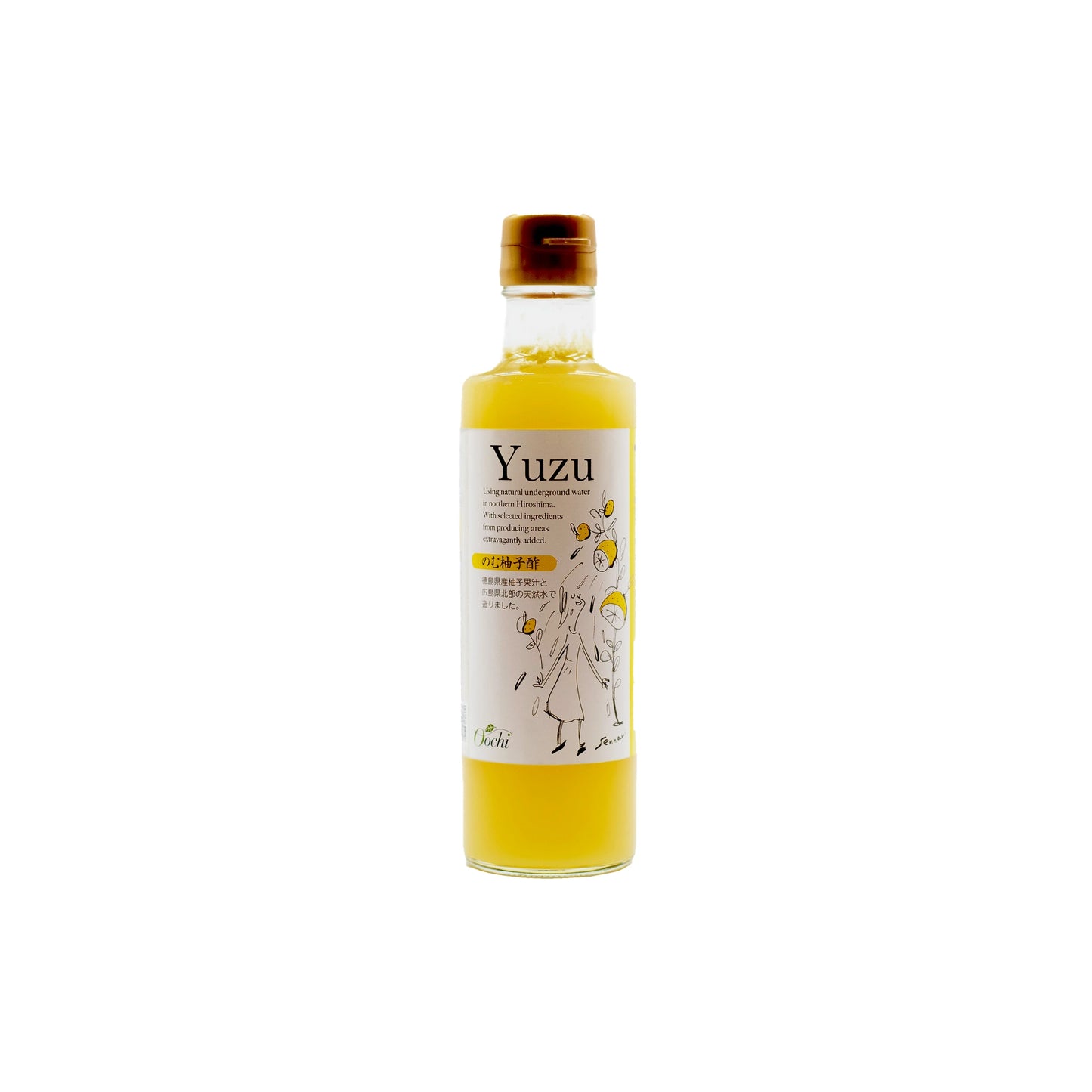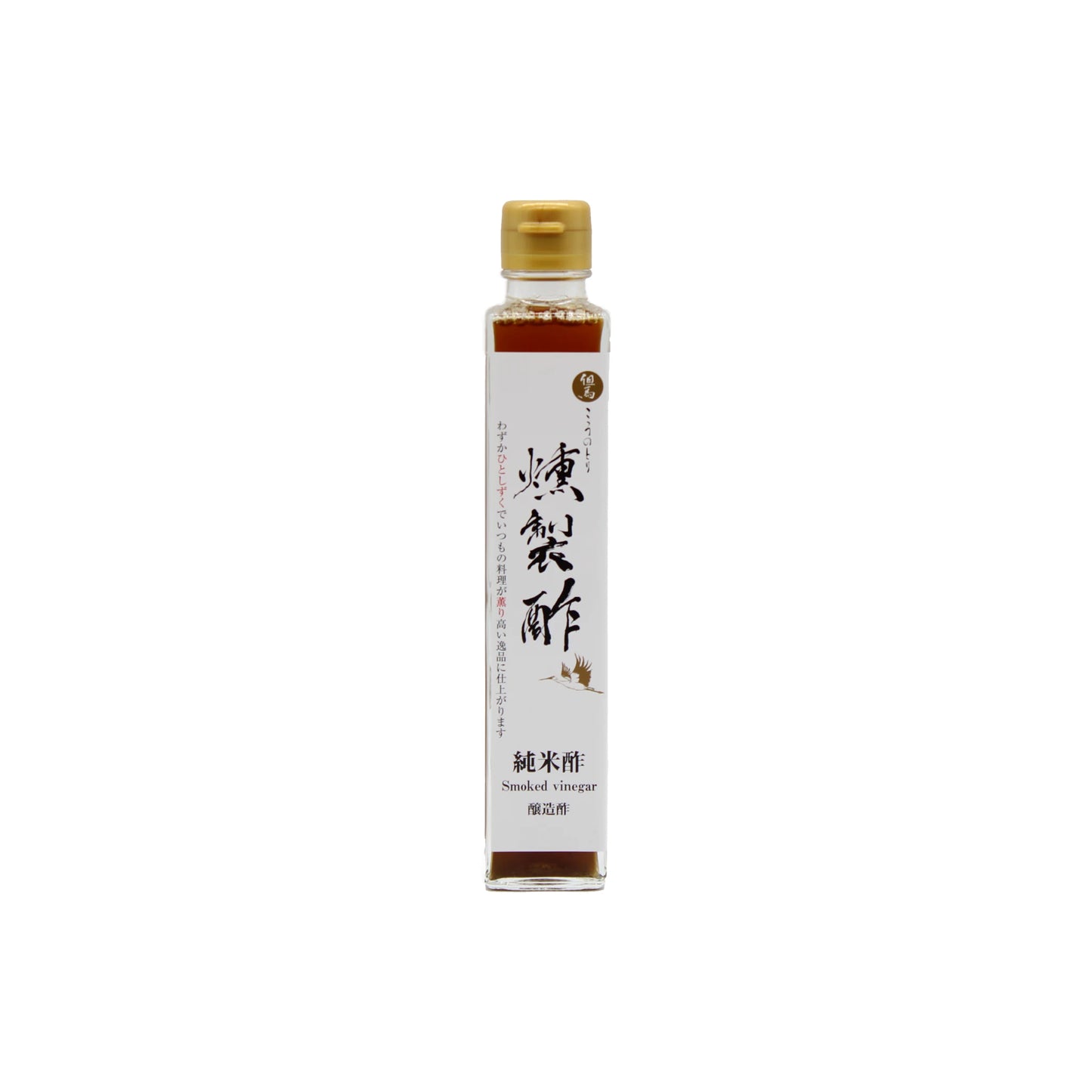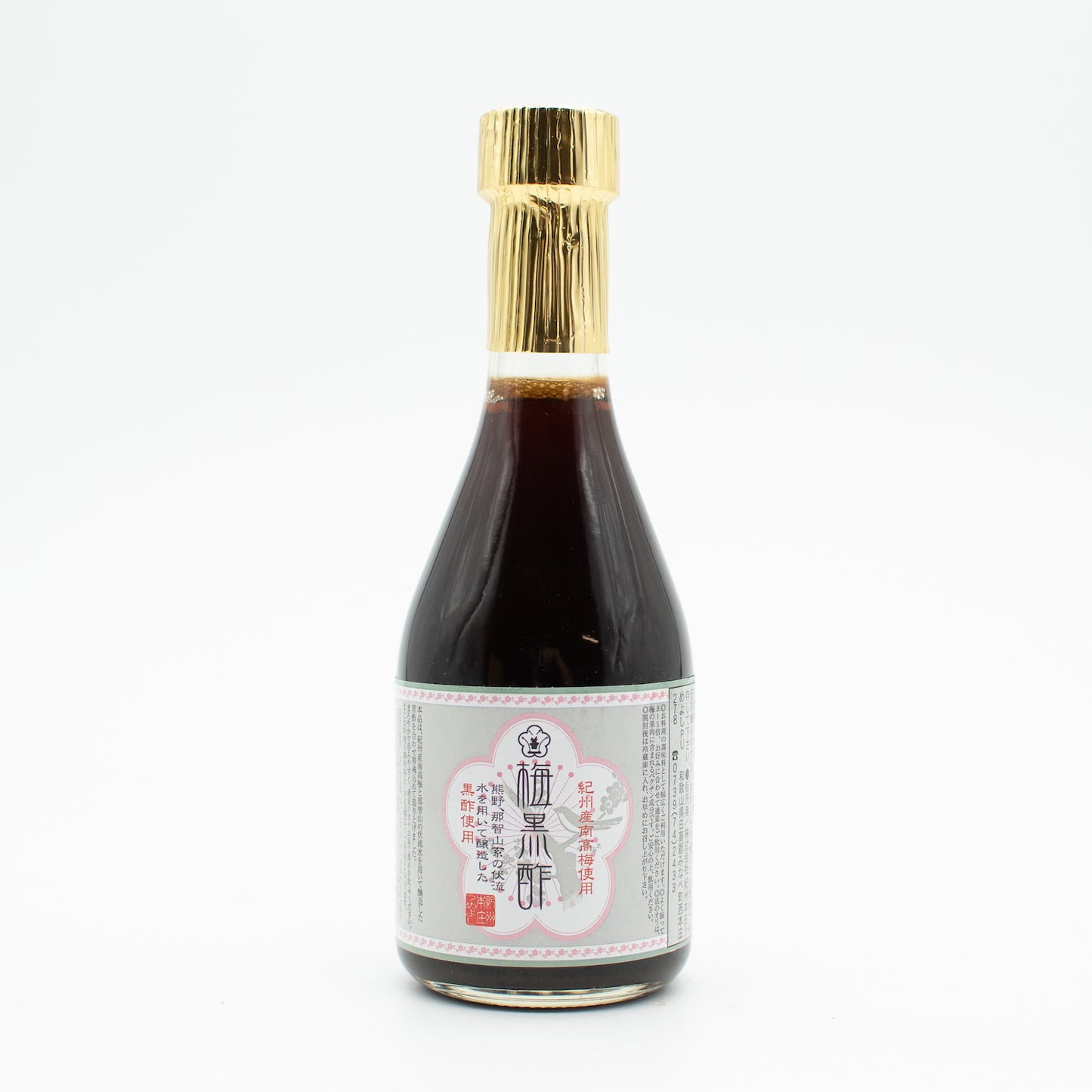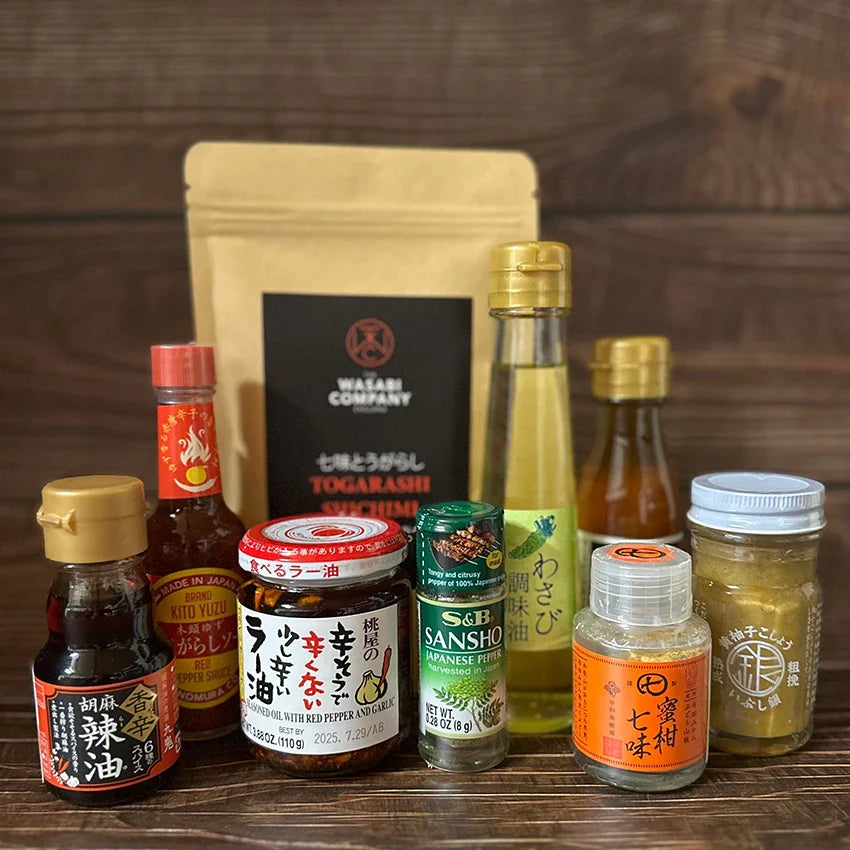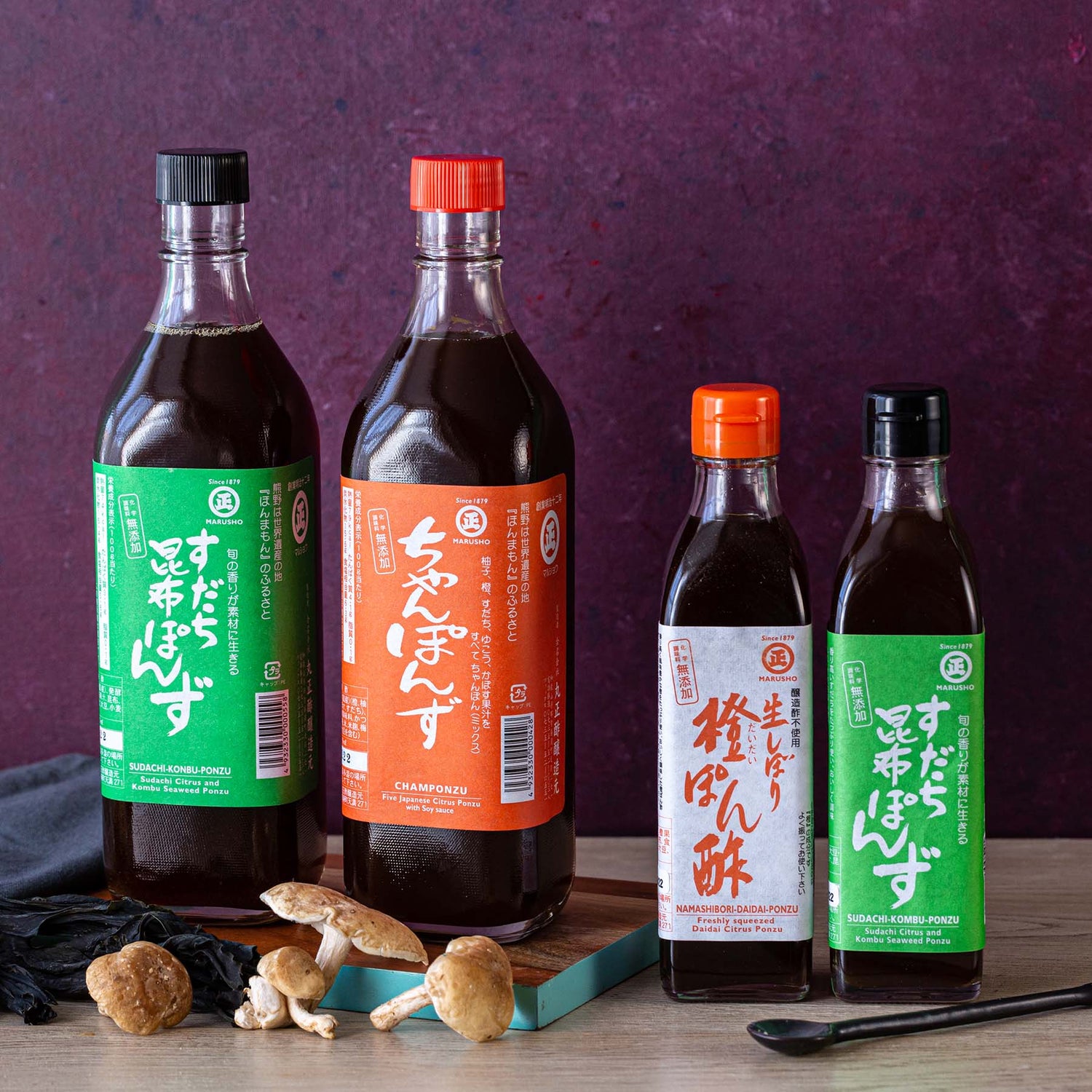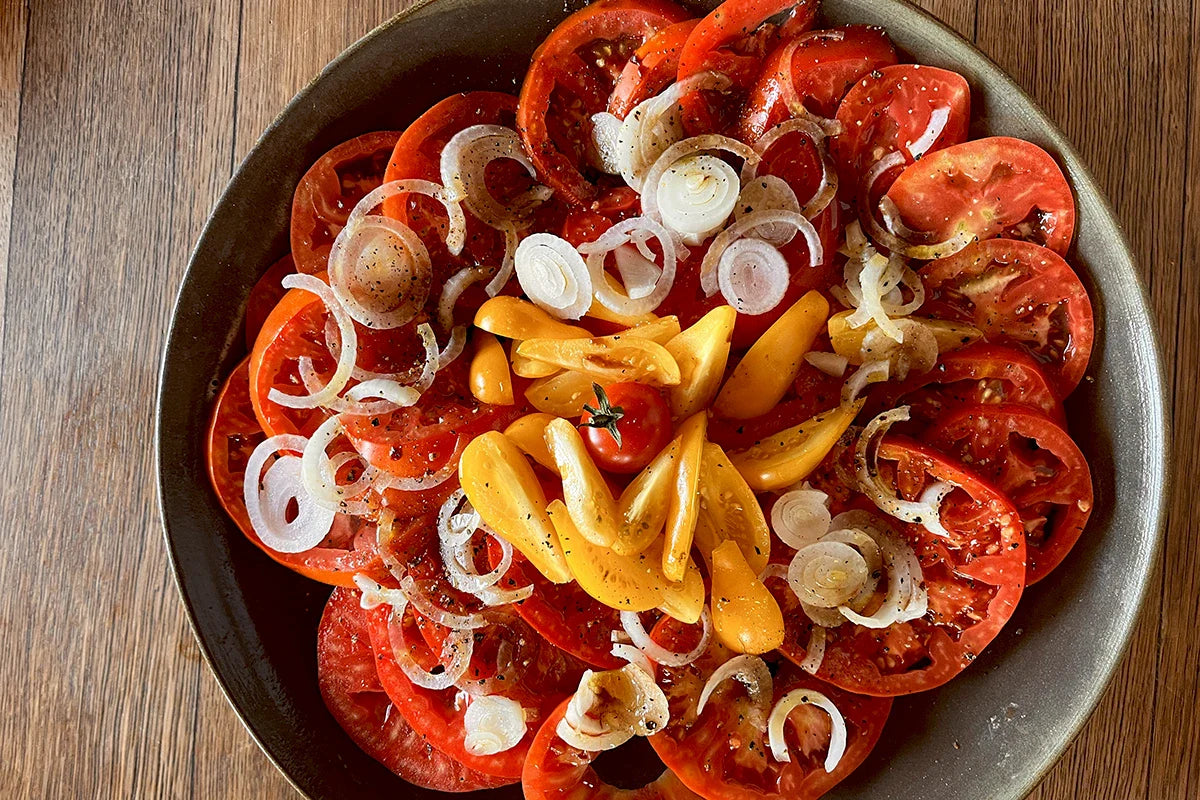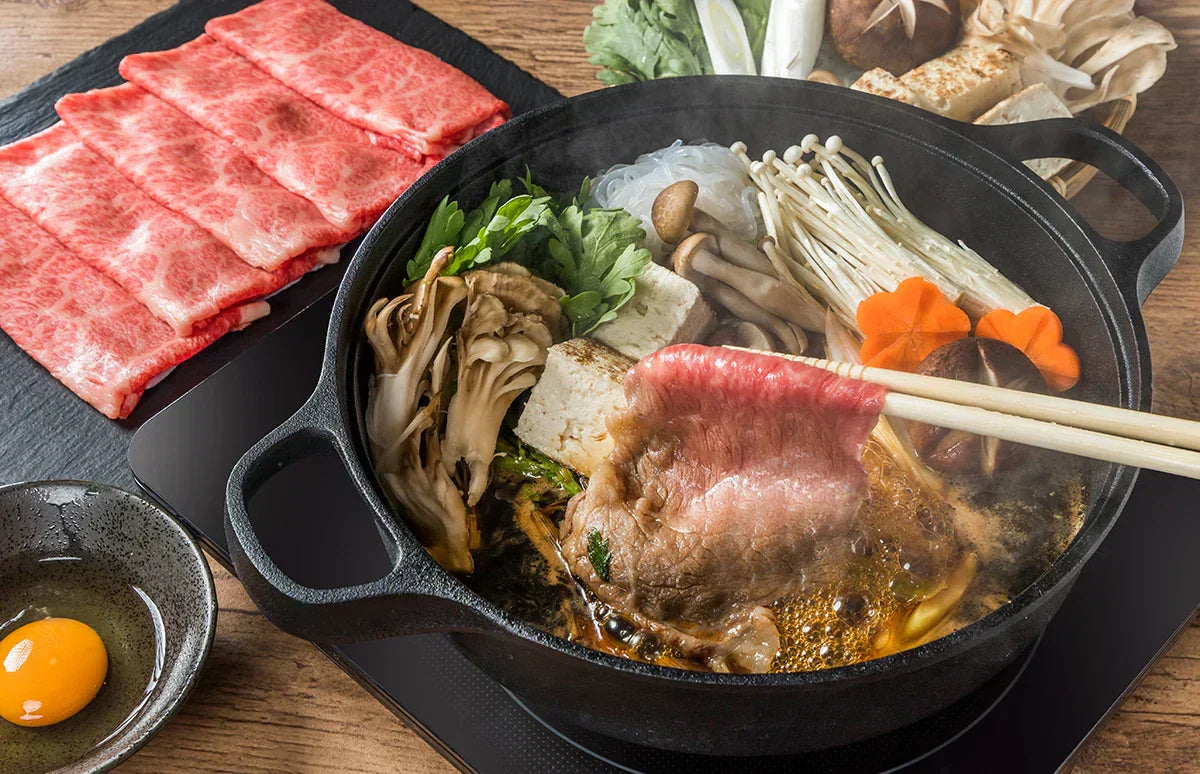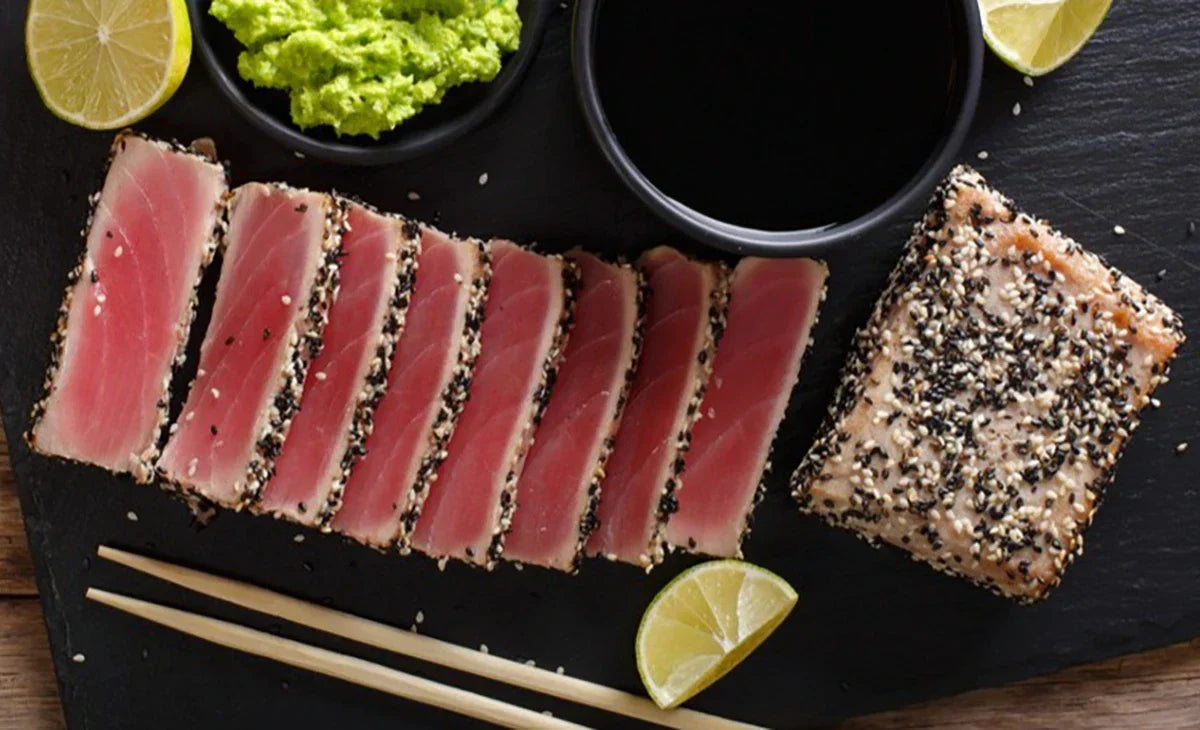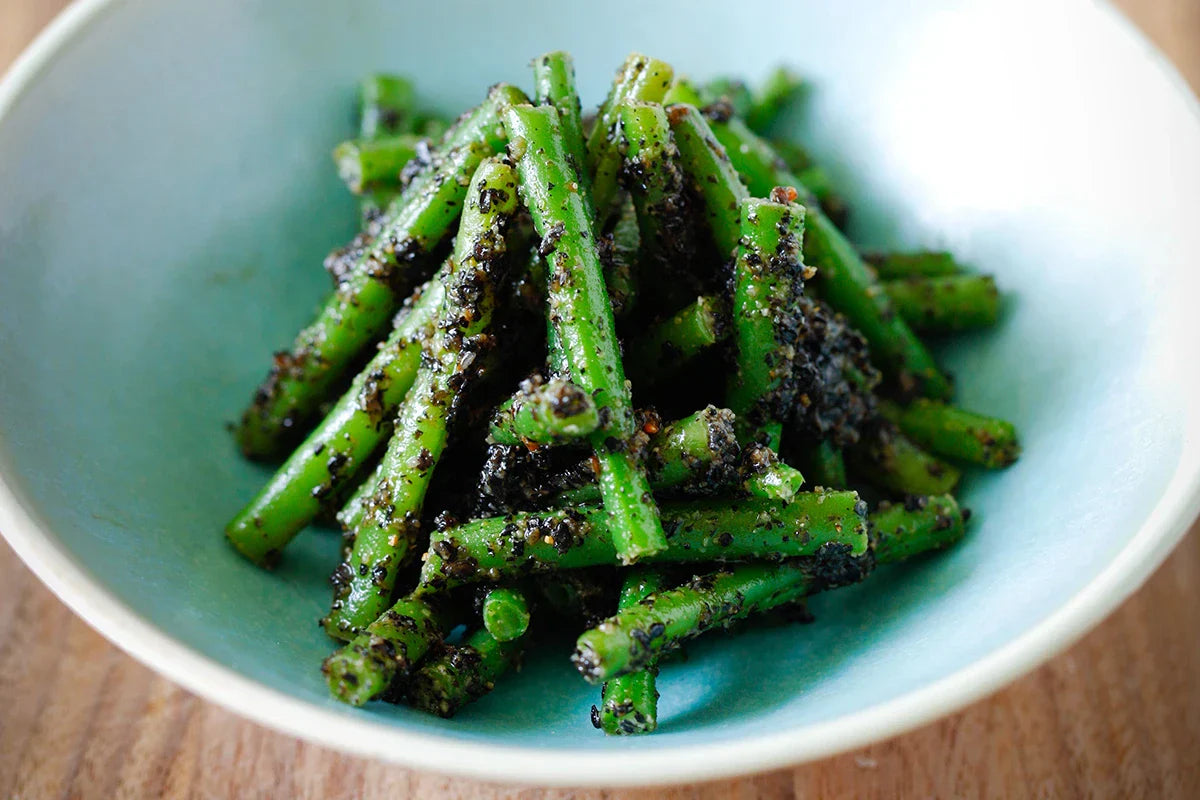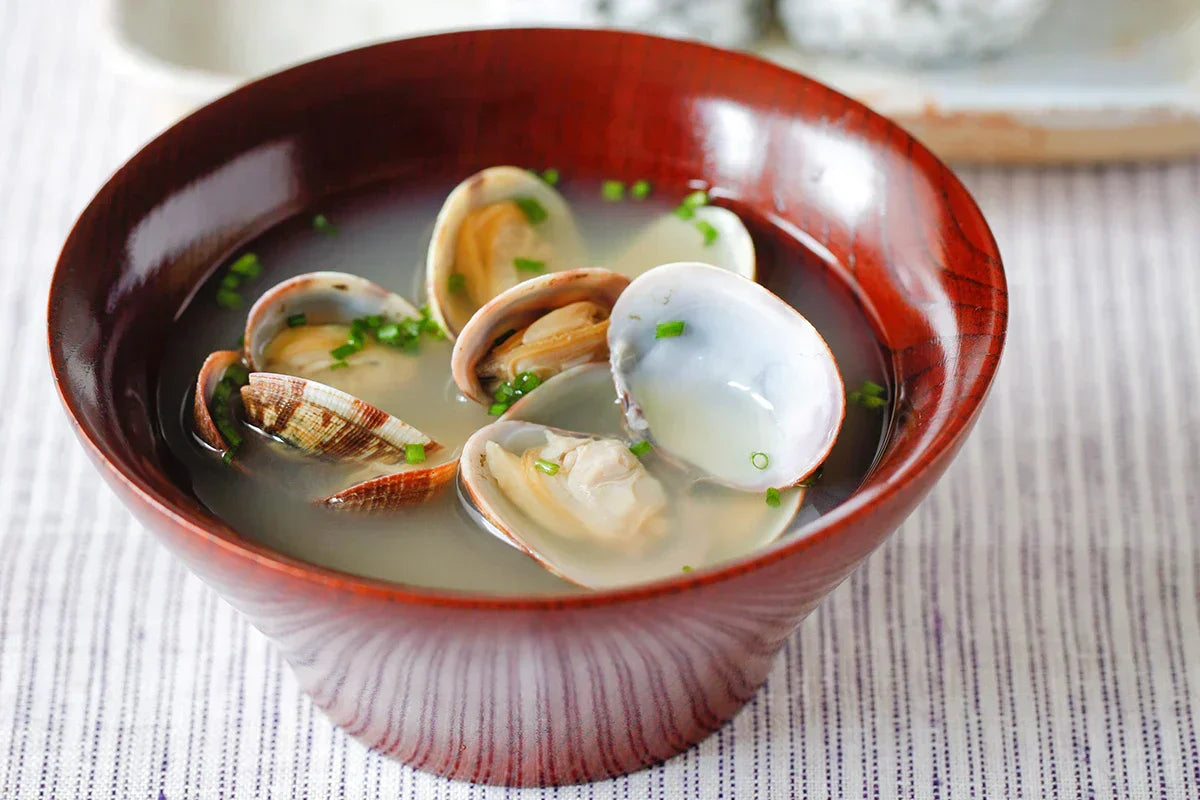Flavoured Vinegar
About flavoured vinegars
Japanese vinegar has a long history in the kitchen – used for pickling, seasoning, and bringing out the natural flavour of ingredients. Flavoured vinegars take that tradition and give it a twist, blending sharp acidity with fruit, honey, or umami-rich ingredients to create something a bit more special.
Our flavoured vinegars include everyday favourites as well as special releases, all made with natural ingredients like raw sugar, sake kasu and fresh fruit. Our collection includes everything from sweet fig or sakura vinegars to punchy, umami-rich bonito sanbaizu, all crafted in Japan using time-honoured methods. Some are brewed slowly in wooden barrels for depth and softness, whilst others are blended with local fruit for something brighter and more immediate.
They’re great for dressing salads, finishing grilled meats, mixing into drinks, or just drizzling over a bit of cheese. Explore the full range below, or take a look at our full pantry collection for more Japanese ingredients worth cooking with.
Get inspired with some recipes
Japanese Style Tomato and Onion Salad
This recipe is so simple and fast but the sanbaizu gives the dish a delicious depth and interesting umami.
Shabu-Shabu: A Light & Flavourful Japanese Hot Pot for Spring
Shabu-shabu is a delicate and warming Japanese hot pot—perfect for welcoming spring!
Seared Tuna Tataki with IKI Sweet Soy Dipping Sauce
The perfect combination of lightly seared, rich and flavourful tuna with a rich, umami-packed dipping sauce.



